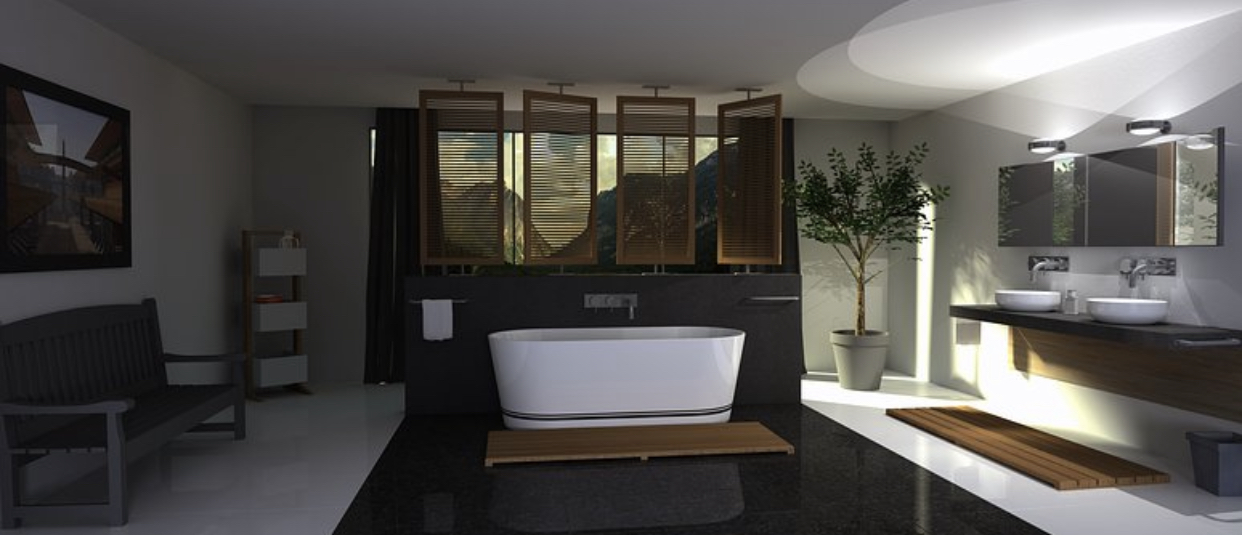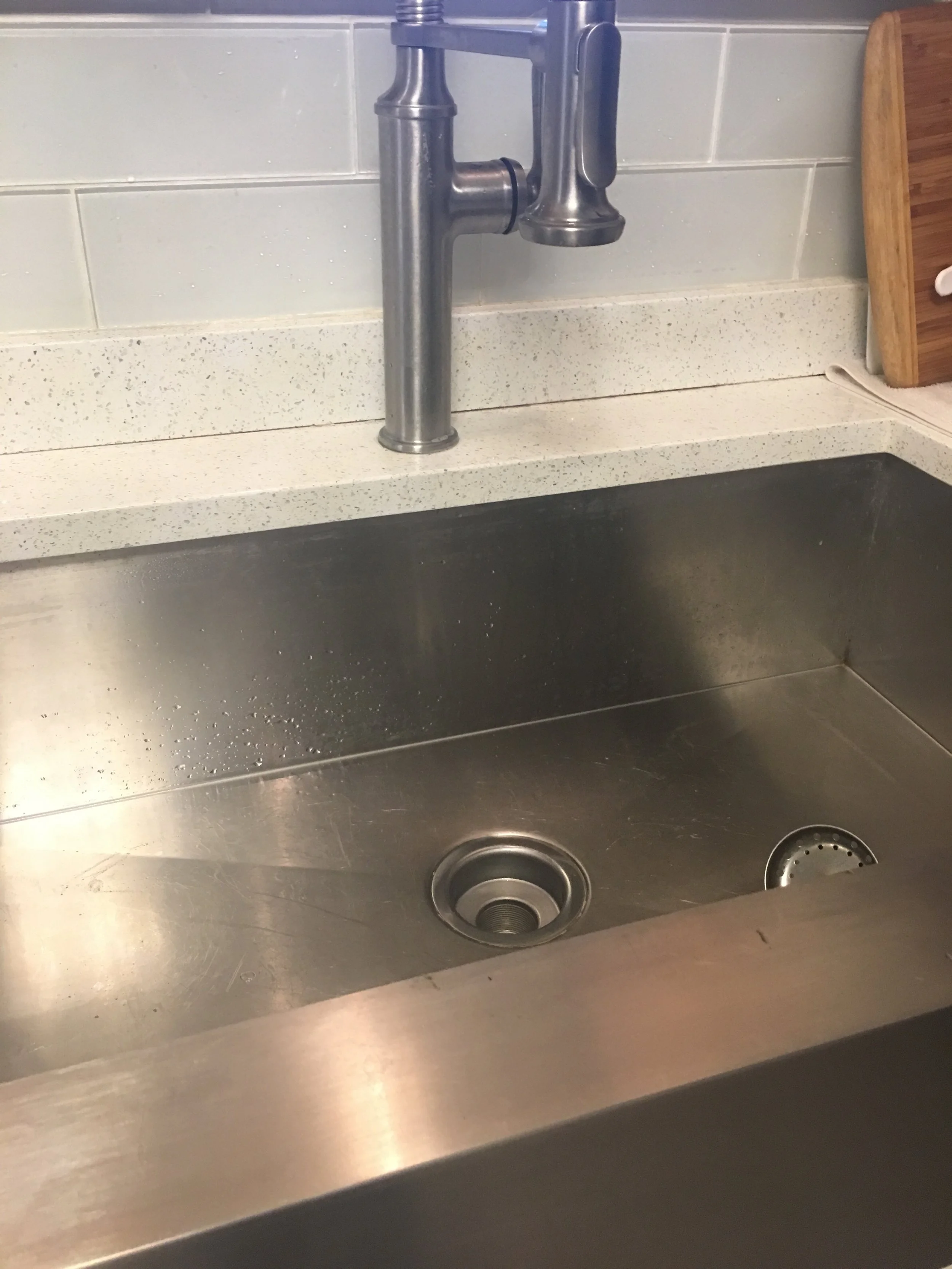Warming Places in Cook County
RH Business Marketing Solutions
We’re lucky to have heat in our homes, unfortunately there’s families without heating or proper housing. It’s more sad to think that there’s homeless people dealing with this weather. It’s -50, please help the people that you could and if you can’t, call one of the numbers below they should be able to advise you.
Here’s a list of all the Warming Places in Cook County.
Berwyn (Library)
2701 S. Harlem Ave.
Berwyn, IL
9:00 a.m.- 9:00 p.m. M-THU
9:00 a.m.- 5:00 p.m. F-SAT
1:00 p.m.- 5:00 p.m. SUN
Transport: No
Berwyn (Freedom Park)
3701 S. Scoville Ave.
Berwyn, IL
9:00 a.m. – 5:00 p.m. M-THU
9:00 a.m. – 3:00 p.m. F
Transport: No
Berwyn (Recreational Dept.)
6501 W. 31st St.
Berwyn, IL
7:00 a.m. – 9:00 p.m., M-F
Transport: No
Bloom
425 S. Halsted St.
Chicago Heights, IL
8:00 a.m. – 8:00 p.m. M/W
8:00 a.m. – 4:40 p.m. T/THU/F
Transport: No
Bremen
16361 S. Kedzie Parkway
Markham, IL
9:00 a.m. – 5:00 p.m., M-F
Transport: No
Calumet
12633 Ashland Ave.
Calumet Park, IL
8:00 a.m. – 4:00 p.m. M-F
Transport: Yes, please call 708.388.6606.
Cicero (Village Building)
4949 W. Cermak Rd.
Cicero, IL
8:00 a.m.- 8:00 p.m. M-F
Transport: No
Cicero (Library)
5444 W. 34th St.
Cicero, IL
8:00 a.m.- 8:00 p.m., M-F
Transport: No
Cicero (Community Center)
2250 S. 49th Ave.
Cicero, IL
8:00 a.m.- 8:00 p.m., M-F
Transport: No
Elk Grove
2400 S. Arlington Heights Rd.
Arlington Heights, IL
9:00 a.m.-4:00 p.m. M-F
Transport: No
Hanover (Senior Center)
240 S. IL Route 59
Bartlett, IL
8:30 a.m.- 4:30 p.m. M/W/F
8:30 a.m.- 8:00 p.m. T and THURS
8:30 a.m.- 12:30 p.m. SAT
Transport: Yes
Lemont (Township Offices)
1115 Warner Ave.
Lemont, IL
9:00 a.m.- 4:00 p.m. M-F
Transport: Yes, please call 630.257.2522
Lemont (Community Center)
16300 Alba St.
Lemont, IL
9:00 a.m.- 2:00 p.m. M-F
Transport: Yes, please call 630.257.2522
Leyden
2620 N. Mannheim Rd.
Franklin Park, IL
6:00 a.m.- 9:00 p.m. M-F
6:00 a.m.- 2:00 p.m. SAT
6:00 a.m.- 12:00 p.m. SUN
Transport: No
Maine
1700 Ballard Rd.
Park Ridge, IL
9:00 a.m.-5:00 p.m. M-F
Transport: No
Niles
5255 Lincoln Ave.
Skokie, IL
9:00 a.m.- 5:00 p.m. M-F
Transport: No
Norwood Park
7833 W. Lawrence Ave.
Norridge, IL
9:00 a.m.- 4:00 p.m. M – THUR
9:00 a.m.- 3:00 p.m. F
Transport: No
Oak Park
130 S. Oak Park Ave.
Oak Park, IL
8:00 a.m.- 5:00 p.m. M-F
Transport: No
Orland Park
14807 Ravinia Ave.
Orland Park, IL
8:00 a.m.- 4:30 p.m. M/W/THUR/F
8:00 a.m.- 6:00 p.m. T
Transport: Yes, for seniors 55 and older. Please call 708.403.4222.
Palatine
721 S. Quentin Road
Palatine, IL
8:30 a.m.- 7:00 p.m. M
8:30 a.m.- 4:00 p.m. T- F
8:30 a.m.- 12:00 p.m. SAT
Transport: No
Palos
10802 S. Roberts Road
Palos Hills, IL
8:30 a.m.- 4:30 p.m. M-F
Transport: No
Proviso
4565 W. Harrison St.
Hillside, IL
8:00 a.m.- 4:30 p.m. M-F
Transport: Yes, for seniors 60 and older. Please call 708.449.4300.
Rich
22013 Governors Hwy
Richton Park, IL
9:00 a.m.- 4:00 p.m. M-F
Transport: No
River Forest
8020 W. Madison St.
River Forest, IL
8:00 a.m.-8:00 p.m. M-F
Transport: No
Riverside
27 Riverside Road
Riverside, IL
9:00 a.m.-5:00 p.m. M-F
Transport: No
Schaumburg
1 Illinois Boulevard
Hoffman Estates, IL
8:30 a.m.-10:00 p.m. M-THURS
8:30 a.m.- 9:00 p.m. F
Transport: No
Stickney
7745 S. Leamington Ave.
Burbank, IL
8:30 a.m.- 4:00 p.m. F
Transport: No
Wheeling
1616 N. Arlington Heights Rd.
Arlington Heights, IL
8:00 a.m.- 4:30 p.m. M-F
Transport: No
Worth
11601 S. Pulaski Rd.
Alsip, IL
8:30 a.m.- 4:30 p.m. M-F
Transport: No









